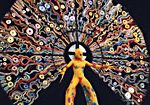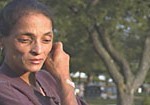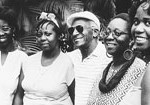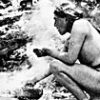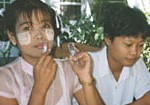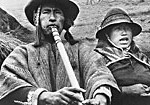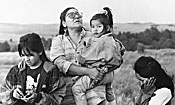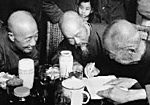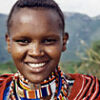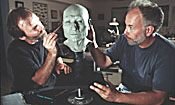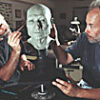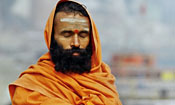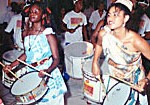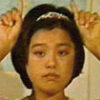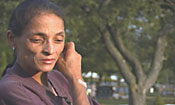Price: $195.00
This film presents the work of four 11-year-old filmmakers in Kolkata (formerly Calcutta), West Bengal. The four girls took part in a video workshop at the Teesta Home, a small foster home. The three films they made explore the textures and events of their daily lives in the orphanage, focusing on play, study, their personal relationships, and their hopes and dreams for the future.
Product Description
This film presents the work of four 11-year-old filmmakers in Kolkata (formerly Calcutta), West Bengal. The four girls took part in a video workshop at the Teesta Home, a small foster home operated by an Indian non-government organization. The three films they made explore the textures and events of their daily lives in the home, focusing on play, study, their personal relationships, and their hopes and dreams for the future.
The films provide an intimate picture of an institution in which eight girls who have suffered various forms of deprivation and abuse can find a settled life and personal fulfillment. A striking feature of their films is their sensitivity to the world around them and the role of the imagination in their lives.
The workshop was coordinated by Rowena Potts as part of the “Childhood and Modernity” Project, directed by renowned ethnographic filmmaker David MacDougall and supported by The Australian National University and the Australian Research Council. The films are in Bengali, with English subtitles.
The three films are as follows:
Our House by Saraswati Nebu (21 min.)
In this film Saraswati documents the rhythms of daily life in the Teesta foster home where she lives with seven other young girls. She investigates the many dimensions of an institution that has become her home — from the physical layout of the house, to the varied activities undertaken by the girls and their caretakers, to the relationships forged between the girls and the communal life they share. The film incorporates interviews conducted by Saraswati with Avita and Payel, two of the other young residents (and also filmmakers), who speak openly about their lives and hopes for the future.
The film contains scenes of the girls studying, singing, dancing, playing, sleeping, and eating together. It paints an intimate portrait of a self-contained world that engages their attention and imagination in unexpected ways. At various points in the film Saraswati mounts the camera on a tripod to film her own participation in the activities of the house, and, with great sincerity, sings the classic Bengali folksongs that she loves.
The Fun of Playing by Payel Sarkar and Avita Sarkar (15 min.)
Payel and Avita decided to make a film together when it became clear that they both wanted to document the play activities, including their own, of the girls in the home. Their combined footage paints a vivid and detailed portrait of the diverse forms of play that the eight residents of the Teesta home routinely engage in. Their film contains varied scenes of street hopscotch, nursery rhymes, play with dolls, make-believe, making paper boats to float in the flooded monsoon streets, rough-housing, and private moments of storytelling told to the camera.
The film provides a fascinating insight into the girls’ world of play, fantasy, and imagination, the material objects that are meaningful in these activities, and the relationships forged in the process — with the intimacy of a child’s perspective, and an access not afforded in films made by adults. The film closes with an extended shot of Payel dancing on the balcony in the rain, on the cusp of adolescence.
Inside Outside by Soma Chatterjee (12 min.)
This film is Soma’s poetic documentation of the world around her, combined with her whimsical and introspective observation of herself within it. With patient camera work, her film unfolds from a place of deep curiosity and sensitivity to the environment in which she lives. Starting with a striking examination of her own reflection in a mirror, the film is shaped by Soma’s careful attention to the behavior of animals and birds, the sounds and patterns of Kolkata’s monsoon season, and the varied activities that take place in her neighborhood.
Much of Soma’s film is shot through the windows or from the balconies of the Teesta home where she lives, where she trains her camera on street-hawkers, laborers, and passersby as they go about their lives in the street below. With the camera as an investigative tool, Soma also ventures outside to film the neighborhood elders at the local store. Throughout the film, Soma documents her own image and explores her own sensory perceptions. The result is an intimate portrait of an eleven-year-old girl and a vivid window into her world.



